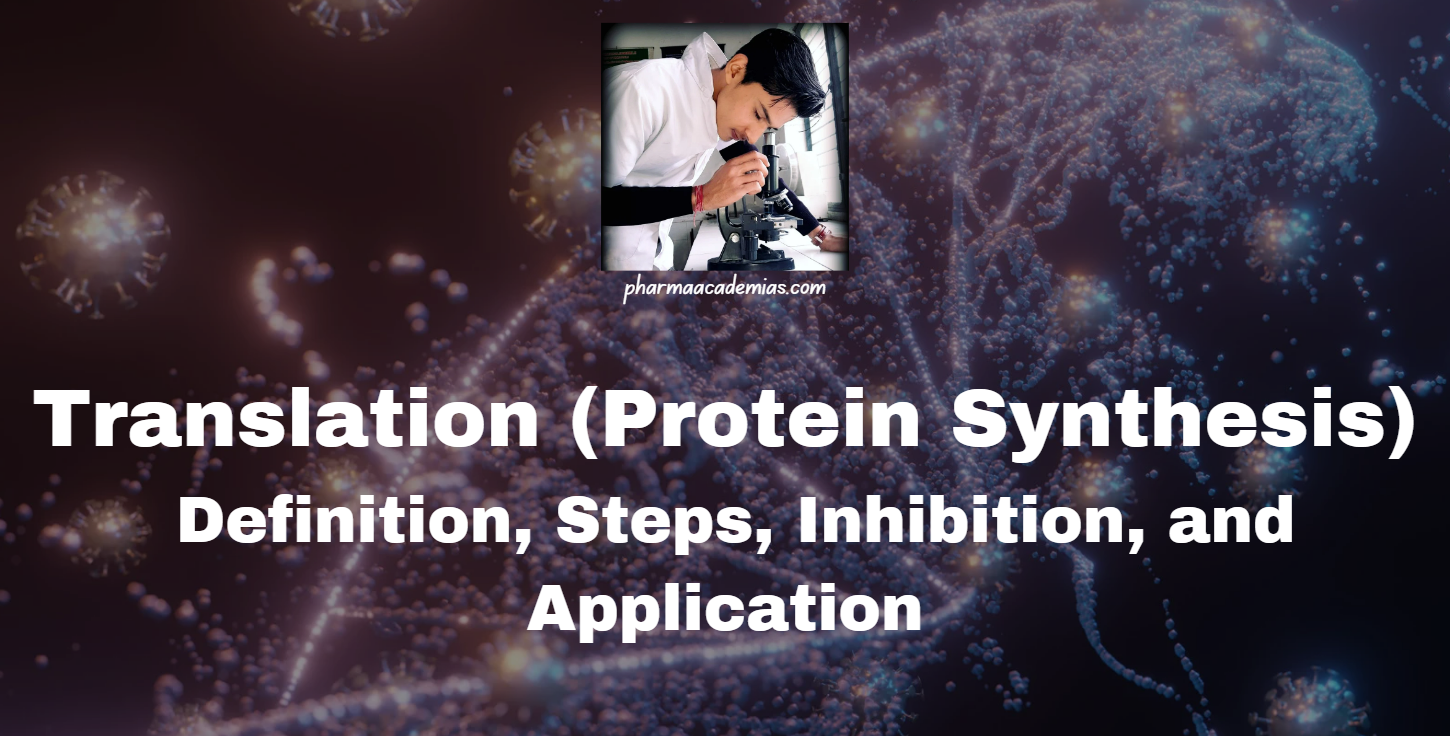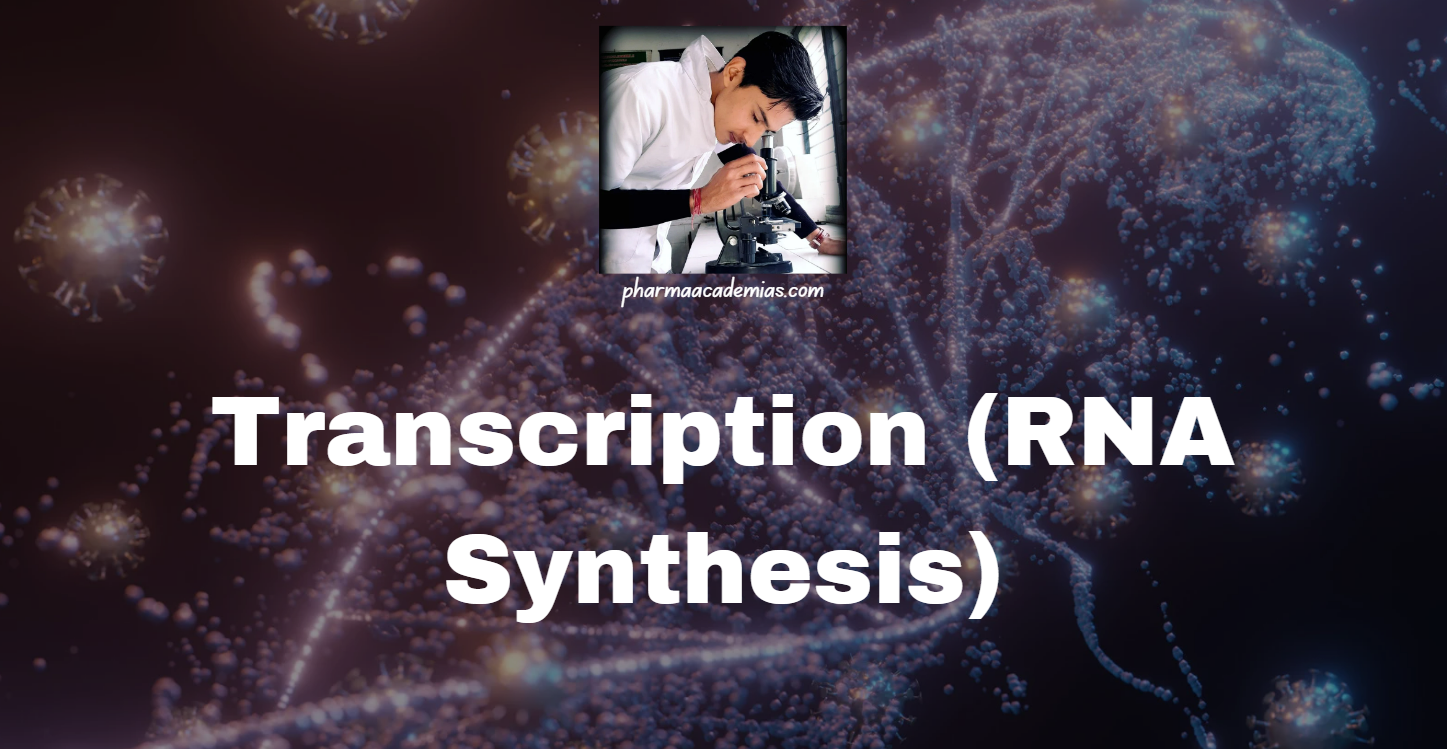Translation (Protein Synthesis): Definition, Steps, Inhibition, and Application
Translation is the process by which the genetic code carried by messenger RNA (mRNA) is decoded to produce a specific sequence of amino acids in a polypeptide chain, which folds into a functional protein. This process occurs in the cytoplasm of both prokaryotic and eukaryotic cells and involves ribosomes, transfer RNA (tRNA), and various enzymatic … Read more









